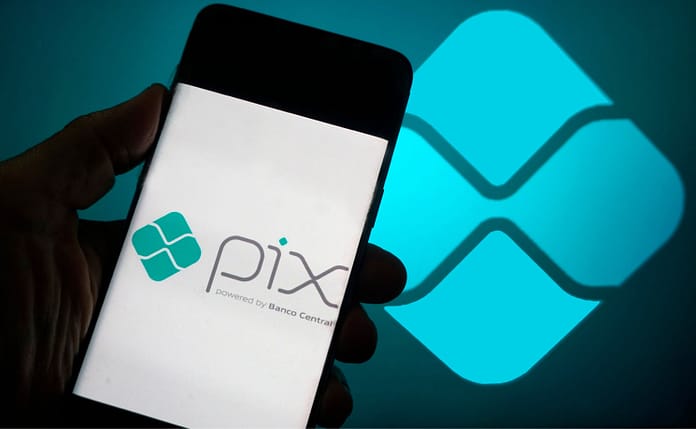Pix, the instant payment system, has not only revolutionized the way Brazilians conduct financial transactions, but it also continues to expand rapidly. After reaching the impressive milestone of 227 million transactions in a single day in September 2024, according to data from the Central Bank, the system has since advanced with new features that should directly impact retail, credit, and access to digital services.
This year, two new features began to be released: Automatic Pix, ideal for recurring payments such as subscriptions and monthly fees; and Contactless Pix, which eliminates the need to open the banking app to make payments. Starting in September, Installment Pix will begin to be implemented, followed by Guaranteed Pix, scheduled for 2026/2027..
The new era of recurring payments
The Automatic Pix feature promises to be a practical and inclusive alternative, especially for consumers who don’t have a credit card. It allows you to schedule monthly payments for services such as gyms, pay TV, streaming platforms, schools, and health insurance plans, with automatic direct debit from your account..
For retailers, the feature promises to not only expand the customer base but also reduce defaults, as payments will be debited directly from the customer’s account, automatically and on a scheduled basis.
Installments without a card
Pix Parcelado, one of the most anticipated features, will allow consumers to make installment purchases even without a credit card. The transaction will be made based on a pre-approved limit, with the total amount immediately transferred to the merchant and the payment divided into interest-bearing installments. In practice, it works as an alternative to traditional installment payments, with the advantage of being processed directly within the banking environment. For the feature to be available, merchants must be integrated with an enabled payment environment, such as SaqPay, a digital payment solutions platform..
Pix in credit and digital inclusion
Fintechs and digital banks tend to quickly adopt these solutions, boosting retail sales and offering more affordable alternatives to consumers. Although credit cards still dominate, Pix is expected to gain traction with lower costs for retailers and greater convenience for the public. The main challenge will be technological integration, but the sector is already prepared for this new phase of Pix’s consolidation in the financial ecosystem.
Challenges for internationalization
The expansion of Pix to international transactions still faces regulatory and technical hurdles. The first challenge is that each country needs to evaluate its payment policies to allow local financial institutions to adopt new technologies like Pix. Only after this stage will foreign banks be able to access the APIs provided by the Central Bank of Brazil. Furthermore, currency conversion issues will need to be resolved, as it is not yet clear whether transactions will be processed in reais with subsequent conversion or directly in the local currency. Exchange rate standardization and interoperability between systems will be key to enabling international Pix.
A new consumer behavior
With the arrival of features like recurring, installment, and contactless Pix, experts point to a significant shift in consumer behavior. Brazilians are quick to adopt practical solutions. With these updates, Pix strengthens its position as a comprehensive system that goes beyond transfers and consolidates itself as a key player in the country’s financial ecosystem.


